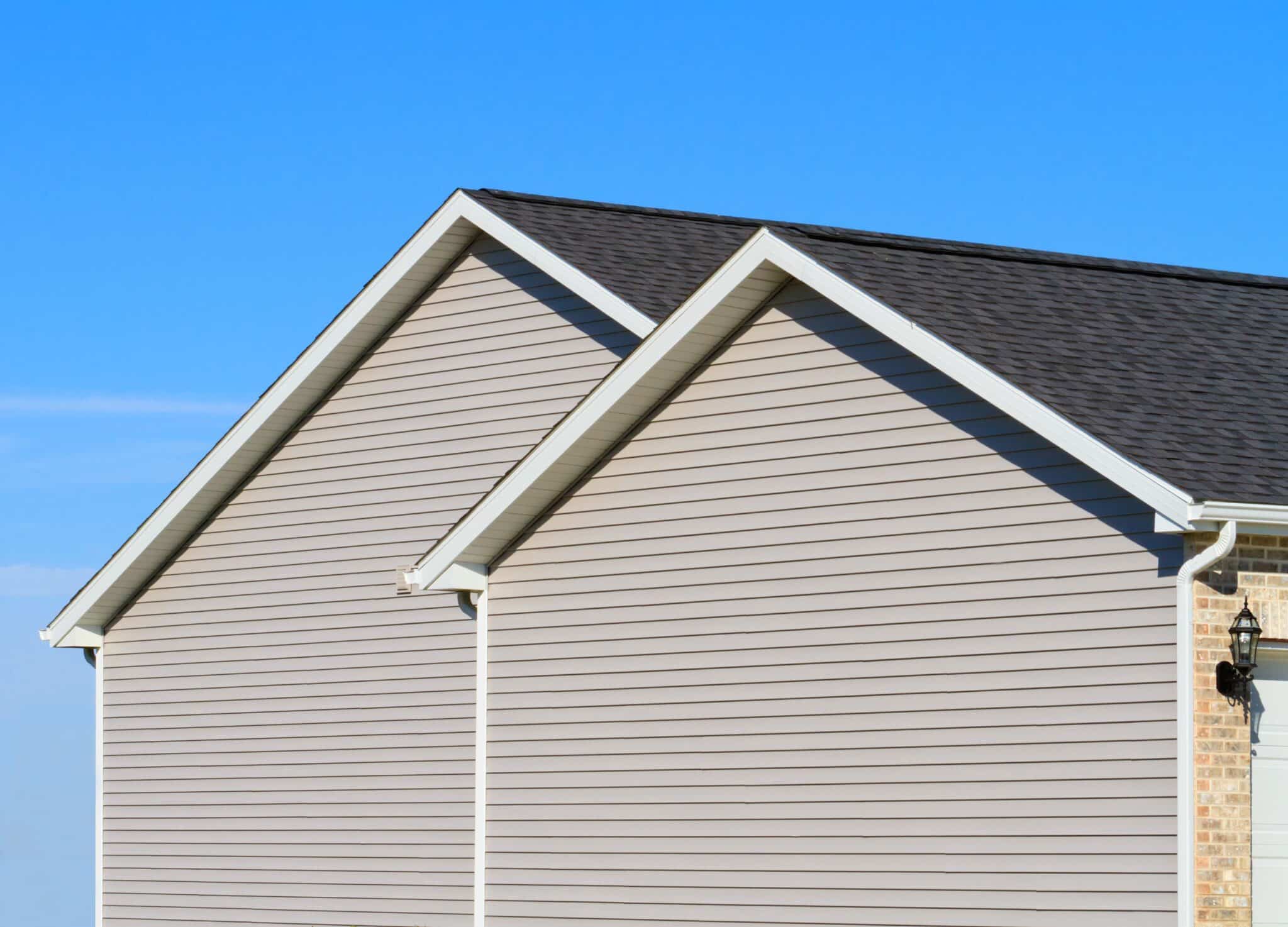Are you contemplating a siding makeover for your home? If so, you’ve arrived at the right place. This comprehensive guide will equip you with all the knowledge you need about house siding options, their advantages, and crucial considerations.
Pain Points Related to House Siding
Choosing the right siding for your home can be a daunting task, especially when faced with the myriad of options available. Factors like durability, aesthetics, and cost can make the decision-making process overwhelming.
Ultimate Guide to House Siding Options: Types, Benefits, and Considerations
This guide aims to simplify the process by providing you with detailed information on different types of siding, their advantages, and essential considerations to keep in mind. Whether you’re seeking to enhance your home’s curb appeal or improve its energy efficiency, this guide will empower you to make an informed decision.
Summary of the Article
This article covers a wide range of topics related to house siding, including:
- Different types of siding materials, such as vinyl, wood, fiber cement, and metal
- The benefits and drawbacks of each type of siding
- Factors to consider when choosing siding, such as durability, maintenance, and cost
- Expert tips and recommendations on siding installation and maintenance

Siding Archives – Peak Remodeling – Source www.peakcustomremodeling.com
Types of House Siding Options
When it comes to choosing siding for your home, you have a wide range of options to choose from. Each type of siding has its own unique set of benefits and drawbacks, so it’s important to do your research before making a decision.
Here are some of the most popular types of house siding:
- Vinyl siding is a popular choice for homeowners because it is affordable, durable, and easy to maintain. Vinyl siding is also available in a wide range of colors and styles, so you can find a look that complements your home.
- Wood siding is a classic choice for homes, and it can give your home a warm and inviting look. However, wood siding is more expensive than vinyl siding, and it requires more maintenance. Wood siding is also more susceptible to damage from insects and rot.
- Fiber cement siding is a relatively new type of siding that is becoming increasingly popular. Fiber cement siding is made from a mixture of cement, sand, and wood fibers, and it is very durable and low-maintenance. Fiber cement siding is also fire-resistant and termite-resistant.
- Metal siding is a good choice for homes in areas with extreme weather conditions. Metal siding is very durable and fire-resistant, and it can withstand high winds and hail. Metal siding is also relatively low-maintenance, but it can be more expensive than other types of siding.


Types of Siding – Jamie Schaefer Professional Home Inspector Inc. – Source jamieschaefer.com



Benefits of House Siding
There are many benefits to installing house siding on your home. Siding can help to protect your home from the elements, improve its energy efficiency, and increase its curb appeal.
Here are some of the benefits of house siding:
- Protection from the elements: Siding can help to protect your home from rain, snow, wind, and hail. It can also help to insulate your home, which can save you money on your energy bills.
- Improved energy efficiency: Siding can help to insulate your home, which can reduce your energy consumption. This can save you money on your energy bills and help to reduce your carbon footprint.
- Increased curb appeal: Siding can give your home a fresh, new look. This can increase your home’s curb appeal and make it more attractive to potential buyers.
Considerations for Choosing House Siding
When choosing house siding, there are a few things you need to consider. These include:
- Durability: You want to choose siding that is durable and will last for many years. Consider the climate in your area and the amount of maintenance you are willing to do.
- Maintenance: Some types of siding require more maintenance than others. Consider how much time you are willing to spend on maintenance.
- Cost: Siding can vary in price, so it is important to set a budget before you start shopping. Consider the cost of the siding, as well as the cost of installation.
- Style: Siding comes in a variety of styles, so you can choose a look that complements your home. Consider the architectural style of your home and the other elements of your exterior.
Tips for Installing and Maintaining House Siding
If you are installing house siding yourself, there are a few things you need to keep in mind.
- Follow the manufacturer’s instructions carefully: Each type of siding has its own unique installation requirements. Be sure to follow the manufacturer’s instructions carefully to ensure a proper installation.
- Use the right tools and materials: Using the right tools and materials will help you to install your siding correctly and avoid any problems.
- Get help if you need it: If you are not comfortable installing siding yourself, don’t hesitate to get help from a professional.
Maintenance Tips
Once your siding is installed, it is important to maintain it properly to ensure its longevity.
- Inspect your siding regularly: Inspect your siding regularly for any signs of damage. This includes checking for cracks, dents, and holes.
- Clean your siding: Clean your siding regularly to remove dirt and debris. This will help to prevent the growth of mold and mildew.
- Repair any damage promptly: If you find any damage to your siding, repair it promptly to prevent further damage.
Conclusion
Choosing the right siding for your home is an important decision. By considering the factors discussed in this guide, you can make an informed decision that will protect your home and improve its appearance for years to come.
